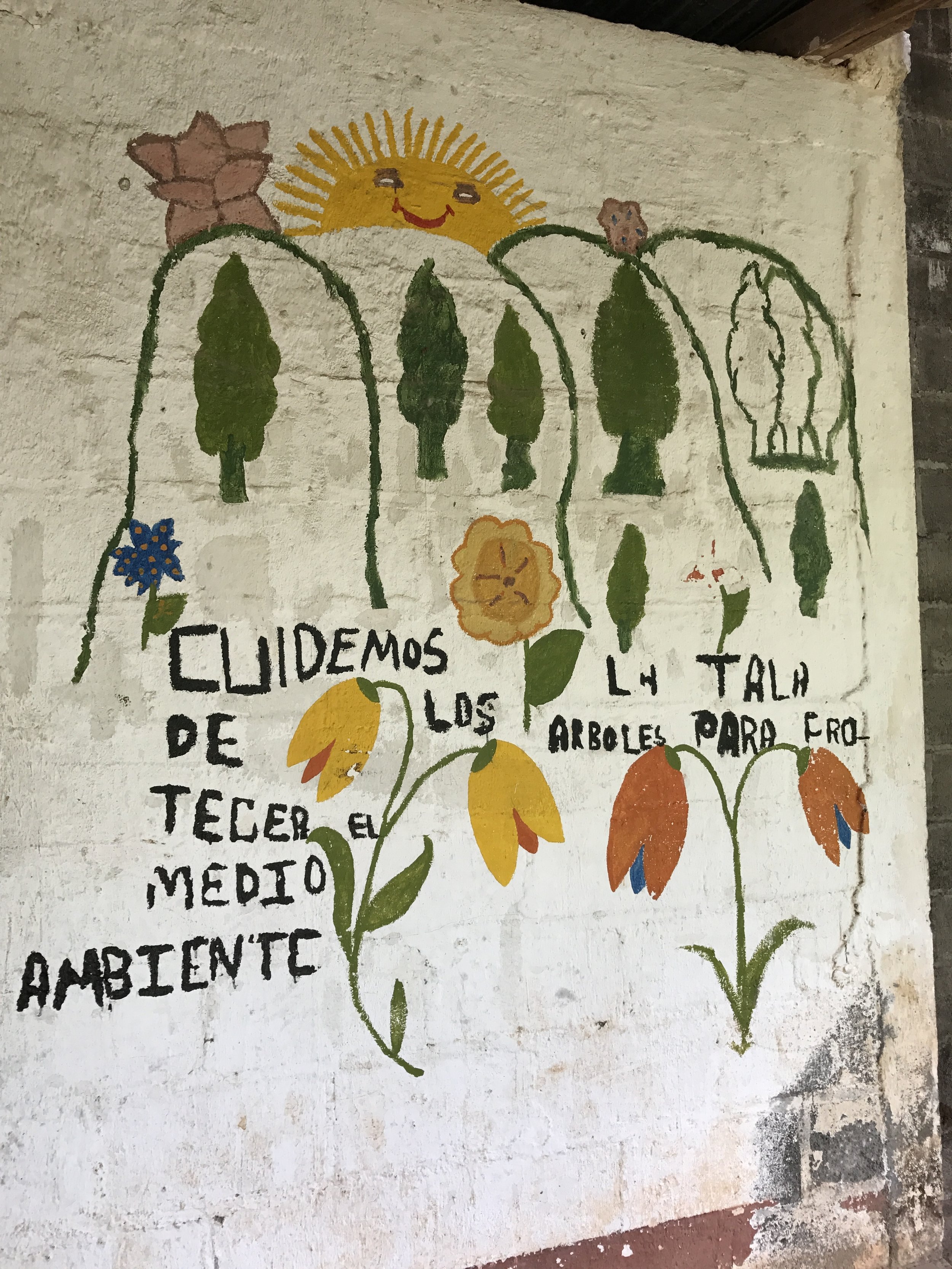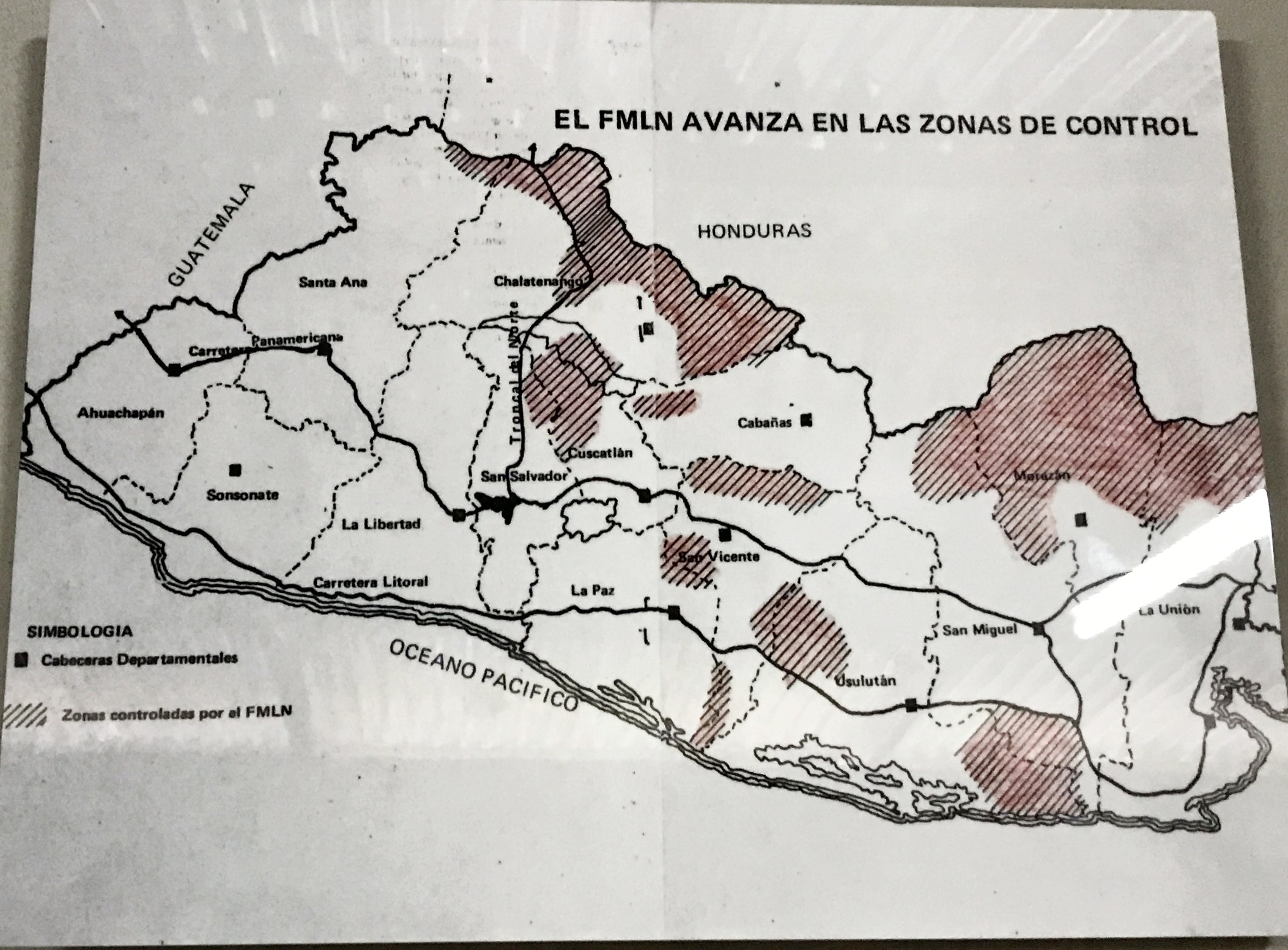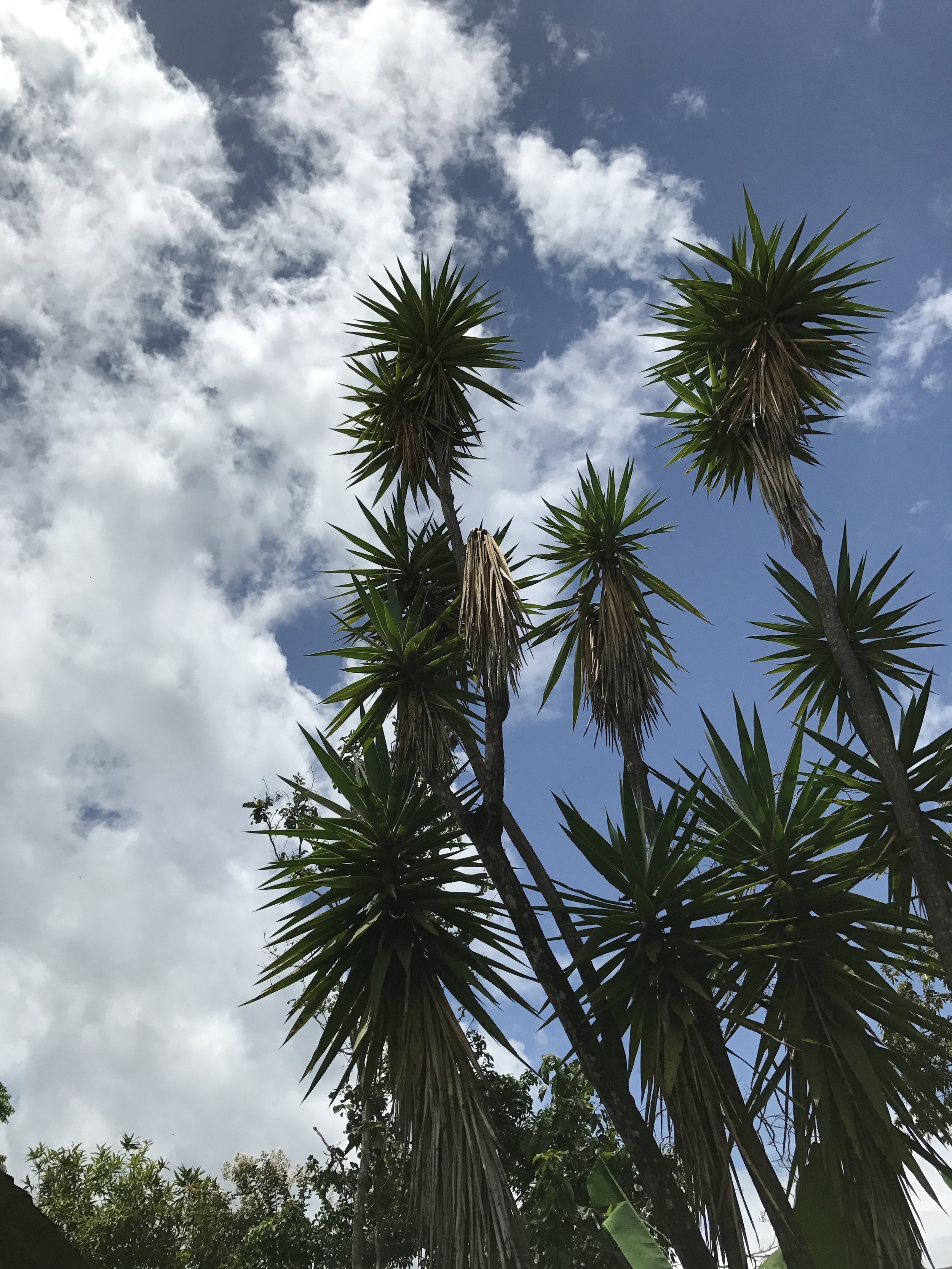Museo De La Revolucion
Photo Gallery of the Museum of the Revolution
On my recent visit to El Salvador, I took a day trip to Perquín, Morazán on Saturday, July 1, 2017 to visit the Museo de la Revolución.
Perquín is located in the northeast section of the country. It was a town that suffered heavy casualties during the war and almost disappeared from the earth entirely. Knowing conceptually about the war did not prepare me to live into the space where the heavy fighting occurred.
Our tour guide was a former child soldier whose candid anecdotes brought life to each item in the museum collection.
There were so many pictures of young people. In fact, a number of the photographed individuals are alive to this day. They are teachers, members of legislation, government agents, politicians, lawyers, doctors, survivors. However, the war claimed over 75,000 lives in this tiny country, created a generation on the run and a diaspora of Salvadorans removed from their ancestral land.

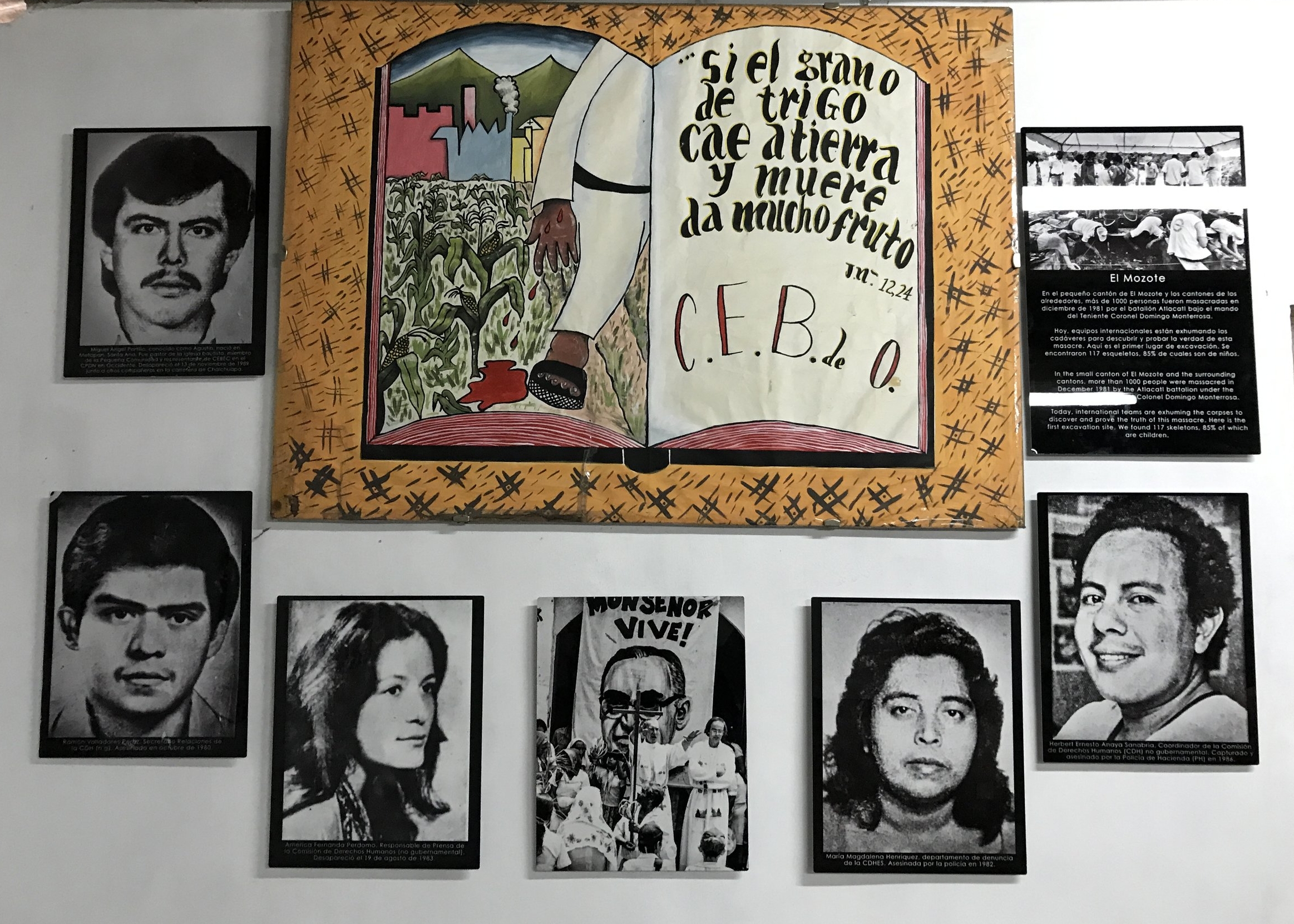
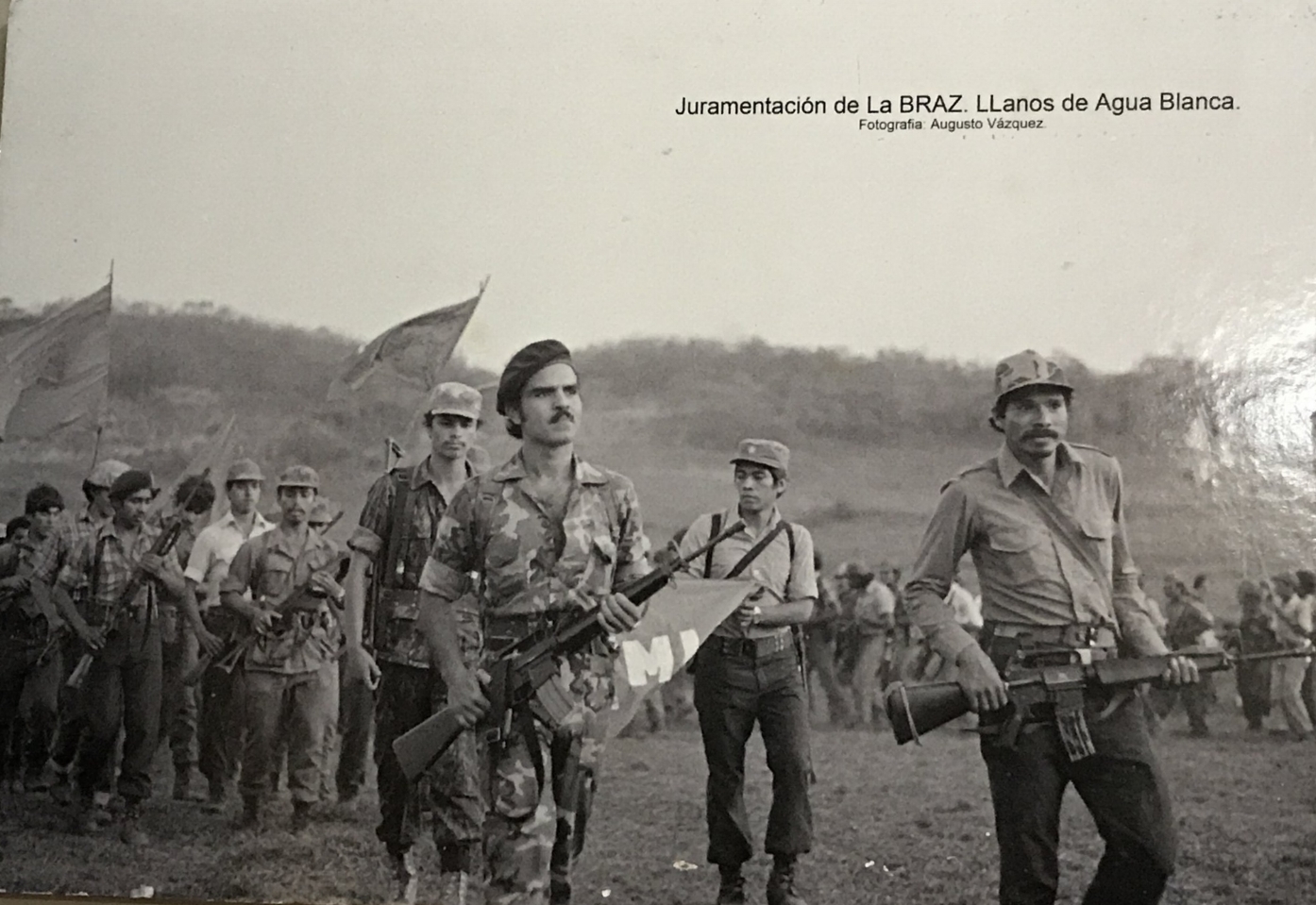
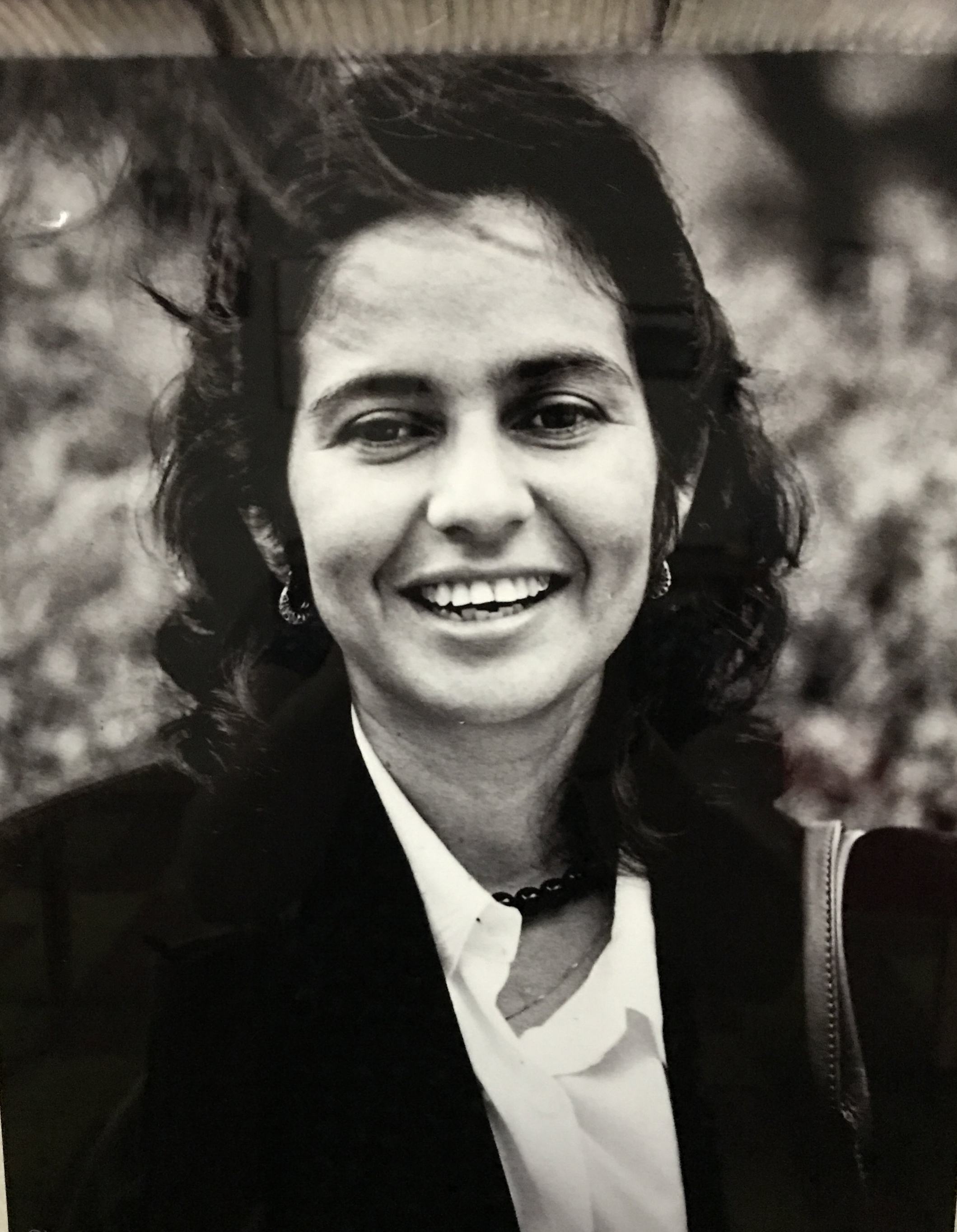
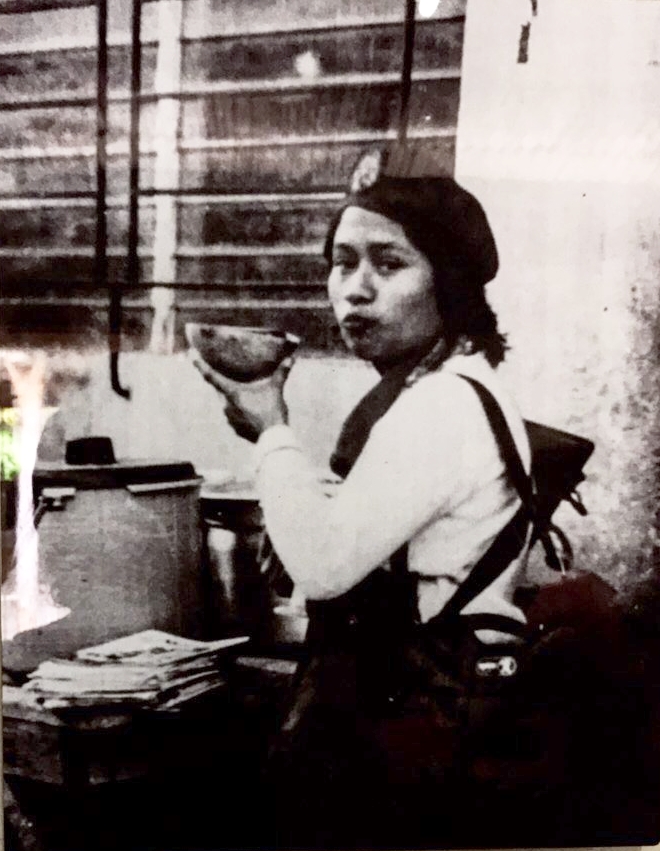
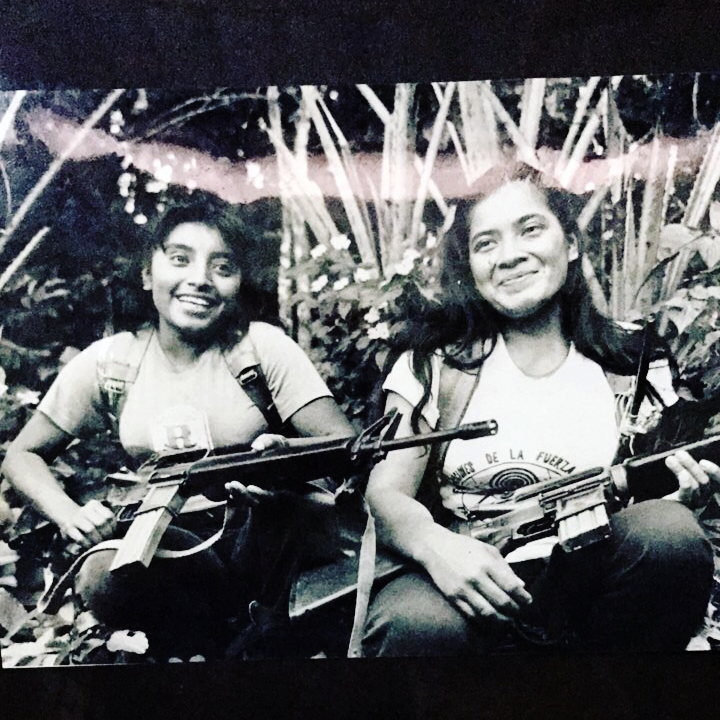
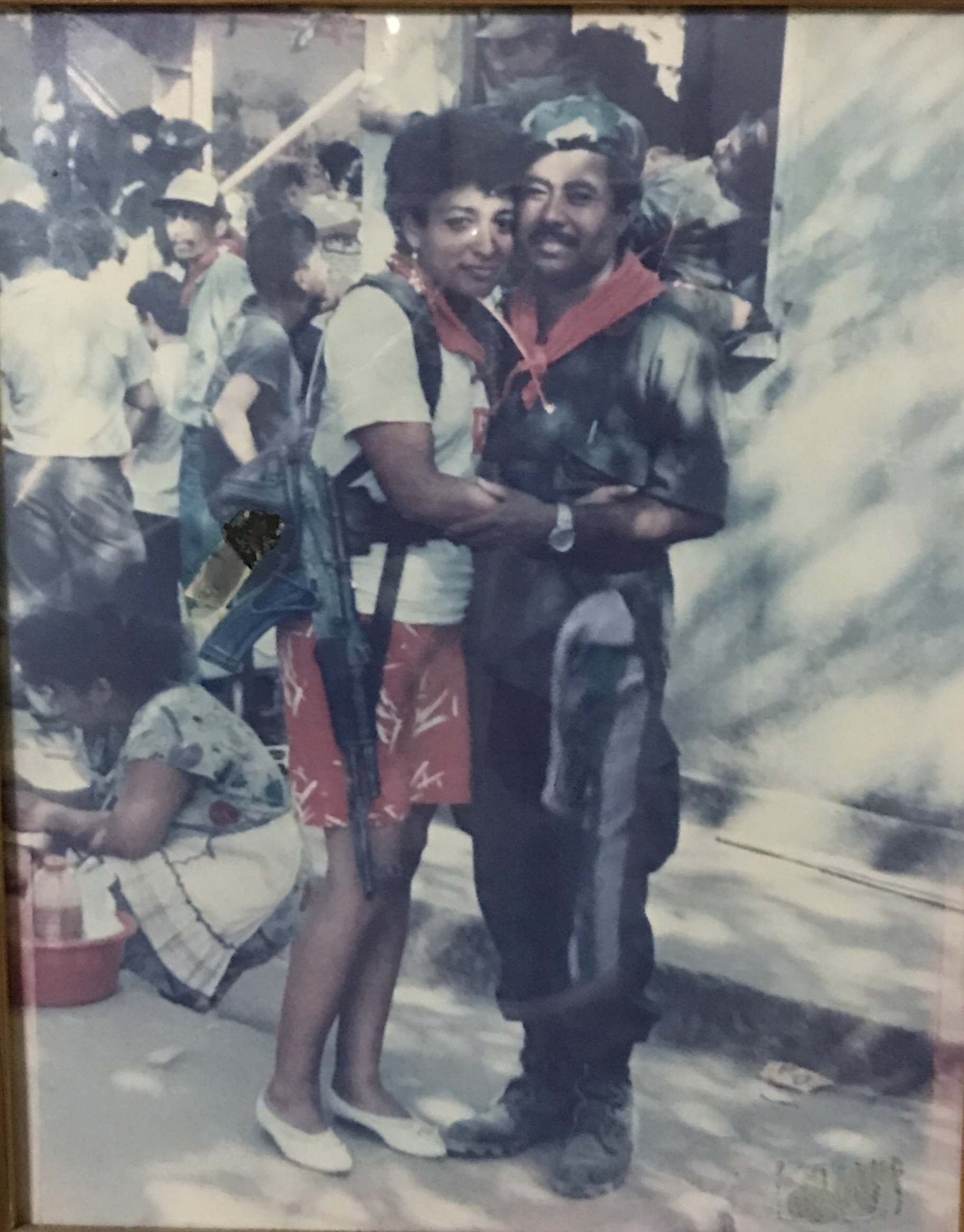
Another striking series of images were the protest posters created during the war. The designers varied but the impact was profound.
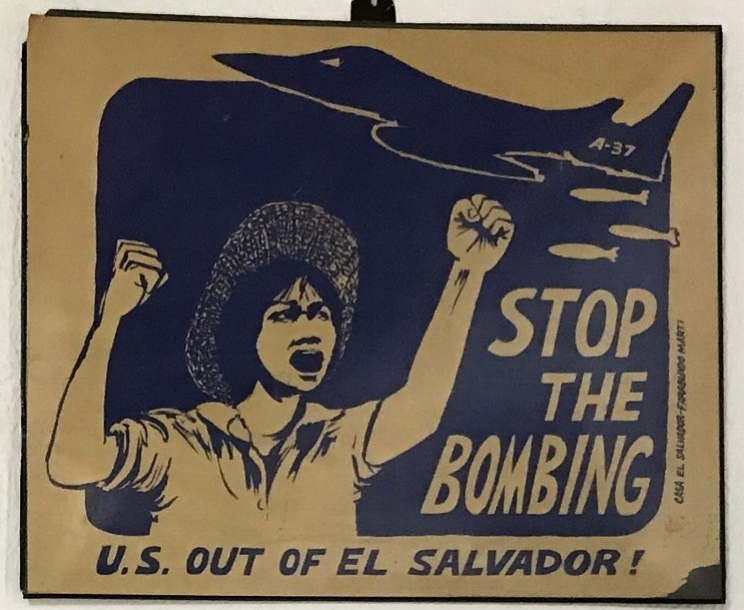

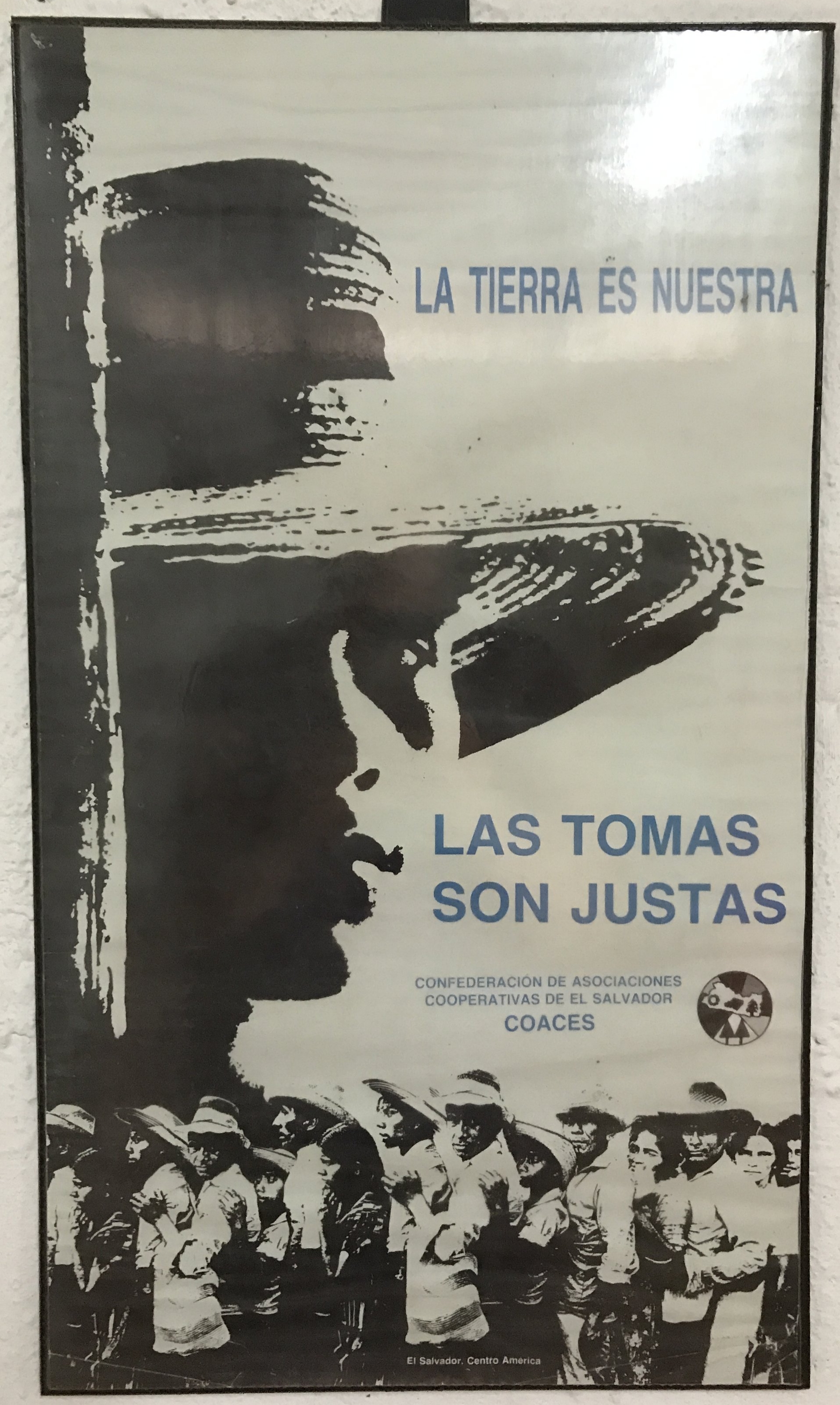

![IMG_2264[1].JPG](https://images.squarespace-cdn.com/content/v1/5609fa61e4b0883819114a16/1500496293099-ZLGRGU3S0QMY7QV2W1JL/IMG_2264%5B1%5D.JPG)

![IMG_2295[1].JPG](https://images.squarespace-cdn.com/content/v1/5609fa61e4b0883819114a16/1500496806948-SSSAA9IYBR5Q4CR3XGEF/IMG_2295%5B1%5D.JPG)
This was my history that was never included in the Texas textbooks growing up. It was until I was in college I read a paragraph about El Salvador in a book. This trip provided a glimpse into the massacres that changed the course of history, my history. Although the country is celebrating 25 years since the peace accords were signed, wounds this deep are felt on a seismic level.
Lastly, just a series of images and a video from the Museum. There was a choir practicing during the filming of video that made for a serendipitous soundtrack.

